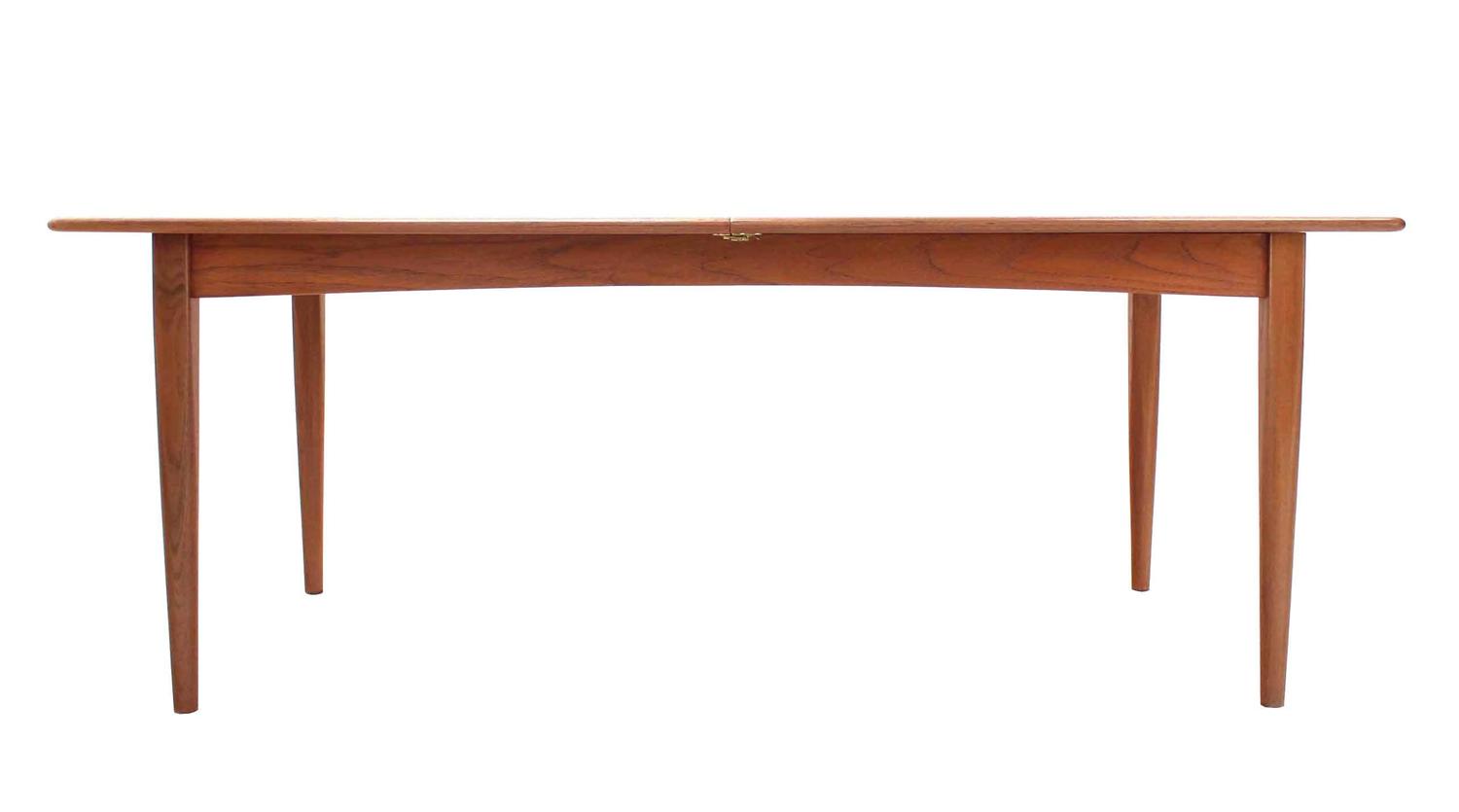This Picture was ranked 50 by Bing.com for keyword Dining Room Table Leaf Replacement, You will find this result at Bing.com.
Wallpaper META DATA FOR Dining Table Honey Pine replacement for our Broyhill Fontana table's Picture| TITLE: | Dining Table Honey Pine replacement for our Broyhill Fontana table |
| IMAGE URL: | http://media-cache-ec0.pinimg.com/736x/09/59/07/0959076234562a883bbc5a2433e6bd8a.jpg |
| THUMBNAIL: | https://tse1.mm.bing.net/th?id=OIP.zXVcIIJezBfu2F_-9PNDpwEsEd&pid=Api&w=189&h=181 |
| IMAGE SIZE: | 48787 B Bs |
| IMAGE WIDTH: | 375 |
| IMAGE HEIGHT: | 357 |
| DOCUMENT ID: | OIP.zXVcIIJezBfu2F_-9PNDpwEsEd |
| MEDIA ID: | 55AE9566B3D58B228096D30F38977B0302574909 |
| SOURCE DOMAIN: | pinterest.com |
| SOURCE URL: | http://pinterest.com/pin/412431278345101027/ |
| THUMBNAIL WIDTH: | 189 |
| THUMBNAIL HEIGHT: | 181 |
Related Images with Dining Table Honey Pine replacement for our Broyhill Fontana table
Dining Table Honey Pine replacement for our Broyhill Fontana table
from the 1970s Dining Room Table Leaf Replacement, Best Dining Table

Kincaid Cherry Park Round Dining Table Includes One 20quot; Leaf
Dining Table Honey Pine replacement for our Broyhill Fontana table
A dining room is a room for expending meat. In modern times it is usually adjacent to the kitchen for accessibility in serving, although in medieval times it was often on an entirely different flooring grade. Historically the dining room is furnished with a rather large dining table and a number of dining chairs; the more common shape is generally rectangular with two armed objective chairs and an even number of un-armed side chairs along the long sides .
History
In the Middle Ages, upper class Britons and other European grandeur in palaces or big manor house dined in the great dormitory. This was a large multi-function room capable of seat the bulk of the population of the house. The household would sit at the head table on a created dais, with the rest of specific populations arrayed in order of lessening grade away from them. Tables in the great hall would tend to be long trestle tables with terraces. The sheer number of people in a Great Hall necessitate it would probably have had a busy, bustling atmosphere. Propositions that it would also have been quite smelly and smoky are probably, by the standards of the time, unfounded. These rooms had large-scale chimneys and high-pitched ceilings and there would have been a free flowing of breath through the numerous doorway and window openings .
It is true that the owners of such belongings began to develop a appreciation for more intimate meets in smaller' parlers' or' privee parlers' off the primary hall but this is thought to be due just as much to political and social changes as to the greater comfort afforded by such rooms. In the first instance, the Black Death that ruined Europe in the 14 th Century caused a shortage of labor and this had led to a outage in the feudal system. Also the religion abuses following the dissolution of the monasteries under Henry VIII stimulated it unwise to talk freely in front of large volumes of people .
Over time, the grandeur took more of their banquets in the parlour, and the parlour became, functionally, a dining room( or was split into two detached rooms ). It also moved farther from the Great Hall, often accessed via grand ceremonial staircases from the dais in the Great Hall. Eventually dining in the Great Hall became something that was done mainly on special occasions .
Toward the beginning of the 18 th Century, a pattern emerged where the ladies of the house would withdraw after dinner from the dining room to the drawing room. The gentlemen would remain in the dining room having beverages. The dining room tends to take on a more masculine tenor as a result .
Comments
Post a Comment